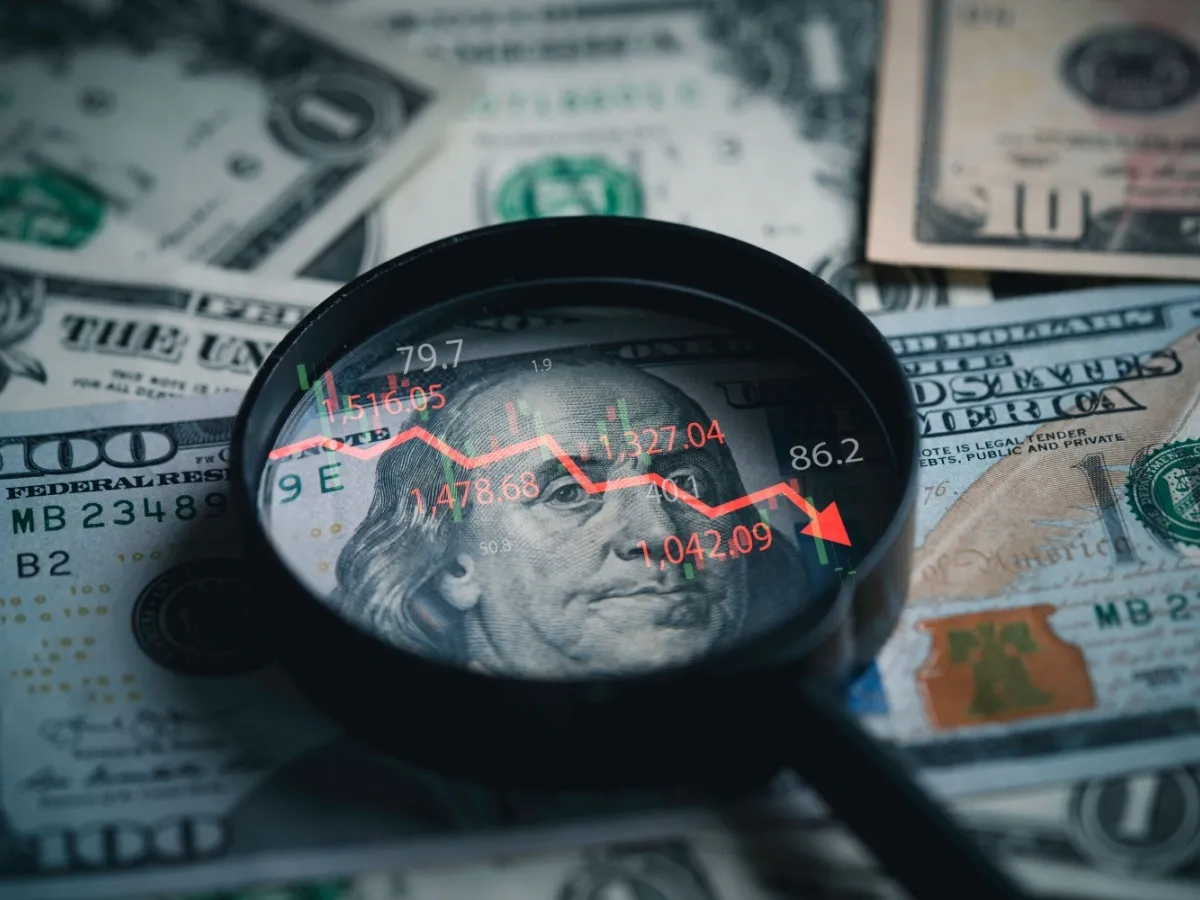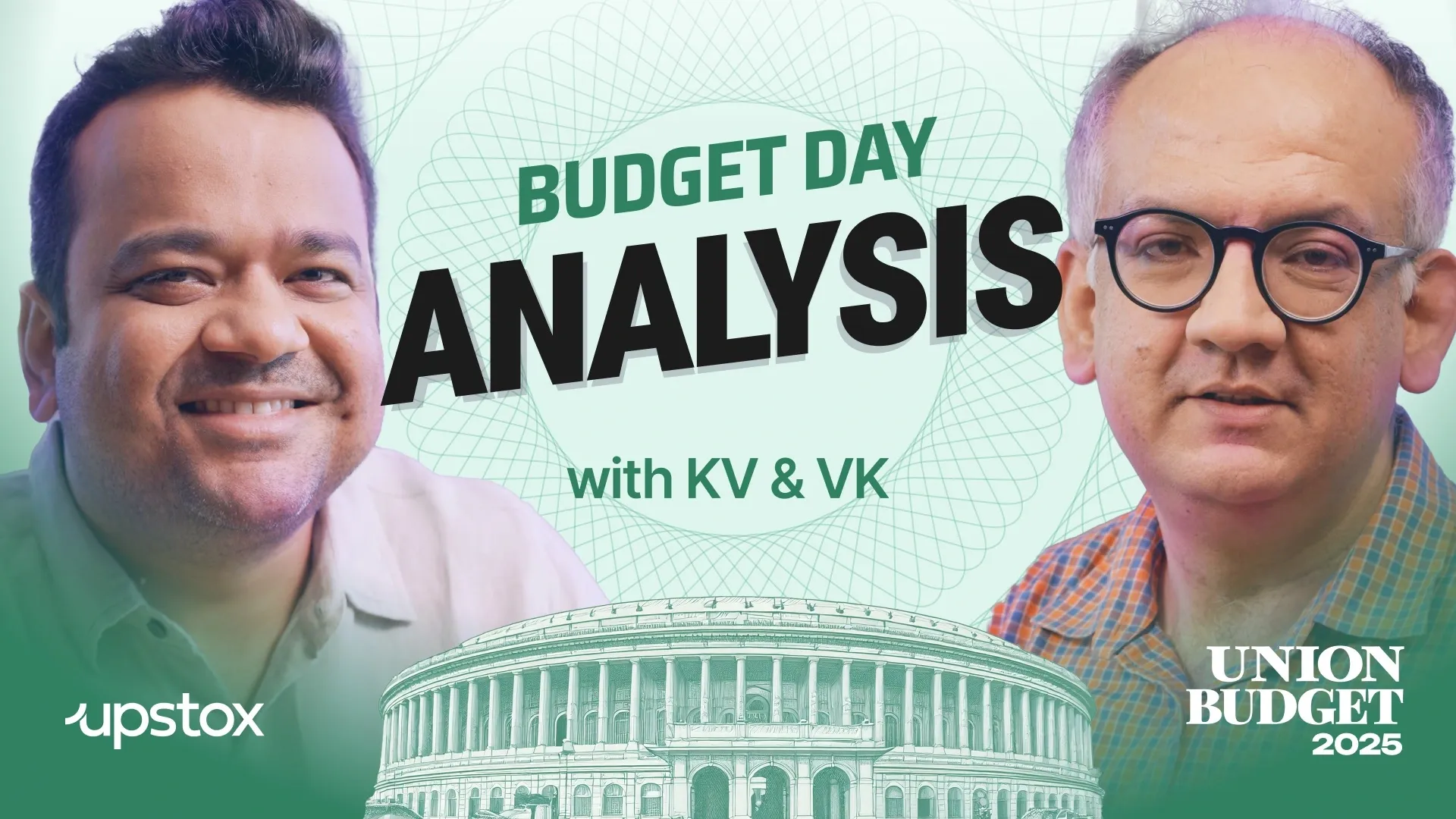Business News
Impending US recession? Top reasons driving economic slowdown in 2025

5 min read | Updated on March 12, 2025, 18:39 IST
SUMMARY
The Atlanta Fed revised its forecast for GDP to -2.8% in a week’s time from +2.4% sparking rumours of impending US recession. US President Donald Trump stated that the US economy is undergoing a transitional phase, thereby not ruling out a recession in the world’s largest economy.

Recession fears have spread anxiety among investors. Image source: Shutterstock.
The US markets spooked global investors on Tuesday as they fell more than 2% across the board amid recession fears. The Dow Jones, which is the benchmark index with 30 stocks, fell nearly 8% from the record high levels reached in January 2025. The S&P 500 declined nearly 10%, while NASDAQ, the tech-heavy index, experienced the most significant drop at 13.6% from its record highs.
This sharp decline came after the US President Donald Trump stated that the US economy is undergoing a transitional phase, thereby not ruling out a recession in the world’s largest economy. After posting strong positive GDP growth in Q4 of 2024, the US economy suddenly showed signs of slowing down on several fronts. Economists and experts are now sounding the alarm on an impending recession, likely induced by multiple factors ranging from decreased government spending to tight monetary policy. Let’s explore in detail the key reasons that could trigger turmoil in the US markets.
Tectonic shift in policy by the Trump administration
The Trump administration implemented drastic policy changes that have pushed the US economy toward a slowdown. Key policy changes include spending cuts and the suspension of USAID (U.S. Agency for International Development). In late February 2025, the administration issued a memo directing employees to plan for sweeping layoffs targeting probationary employees and others with buyout options. Reports suggest that the total headcount could exceed 300,000, making it one of the largest mass layoffs in US history. Furthermore, it has also announced reductions in policy spending related to housing and clean energies and has frozen subsidies on green energy and economic development grants. These mass layoffs, spending cuts, and reductions are expected to jointly have a 0.1% negative impact on the economy.
Intense tariff war with global counterparts
Regarding tariffs, the Trump administration has imposed them indiscriminately on goods and services exported to the US. Since January 20, 2025, following Trump’s inauguration, the administration has established multiple tariffs starting with Canada and Mexico, where both now face 25% tariffs on all goods, except those that fall under the USMCA (US-Mexico-Canada Agreement). Additionally, a 10% tariff on all imports from China took effect on February 4, and 25% tariffs were placed on all global steel and aluminium imports.
According to a Goldman Sachs report from January 2025, these tariffs are projected to have a 0.4% impact on US GDP without any retaliatory tariffs, potentially rising to 1% if trading partners retaliate. The Tax Foundation's estimates suggest a 0.2% drop in GDP from the tariffs on Canada and Mexico, and including China and other steel and aluminium tariffs may further decrease GDP by 0.5% to 0.7%.
Tight monetary policy
The US Federal Reserve has kept interest rates unchanged during its last two monetary policy meetings after cutting rates by 50 basis points. The US CPI inflation currently hovers near 3%, exceeding the Federal Reserve’s target of 2%, which has kept the central bank cautious of entering a recessionary period. According to the Federal Reserve of Boston, high tariffs are expected to contribute a 0.5% to 0.8% increase in core PCE inflation, compelling the central bank to accelerate the pace of policy cuts. In a scenario of declining GDP growth, higher interest rates hinder credit availability in the economy, potentially exacerbating recessionary pressures.
Mounting US debt
US debt currently amounts to $36.2 trillion, representing 122% of GDP, one of the highest levels in history. Total interest payments by the government have surpassed $850 billion and conservative estimates indicate it could exceed $1 trillion in FY26. Moreover, a significant portion of debt, worth $9.2 trillion, is due for refinancing in the coming 2025. Currently, 17% of the US government’s revenue is allocated to interest payments alone, up from 8% in 2015, and it may rise to 20% by 2026, leaving less funding for capital expenditures such as infrastructure, stimulus, and defence. Increased borrowing could also raise borrowing costs for consumers, already burdened with low income and rising debt. US household debt stands at $17.5 trillion; a 1% increase in rates raises the debt burden by $175 billion, affecting expenditure and thereby aggregate demand in the economy.
Beyond these key indicators, other factors also highlight potential pain in the US economy. Consumer sentiment is a broad indicator reflecting the economy's strengths and weaknesses. In Q4, consumer sentiment fell to a 15-month low due to fears surrounding tariff-induced uncertainty and government shutdowns. Experts predict that mass layoffs and rising inflation may hurt the economy in the coming quarters.
A recession in the US could adversely affect the global economy and markets. The impending recession could intensify market declines to 20% in US markets, which are currently at 10% levels. Emerging markets may also witness significant capital outflows back to safe havens like US bonds, potentially increasing the dollar index. The Indian markets, already facing substantial outflows from equity markets, are expected to be relatively less impacted as FII holdings reach 13-year low levels. However, unforeseen risks could still exacerbate declines in domestic markets as well.
About The Author
Next Story

